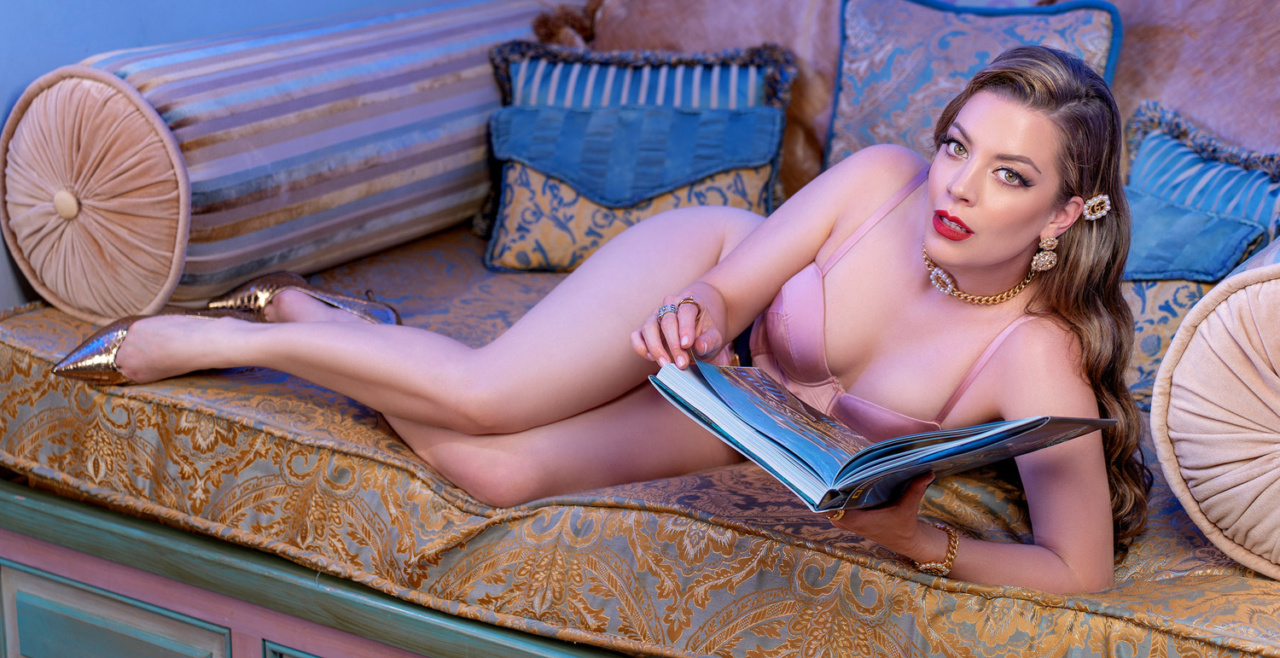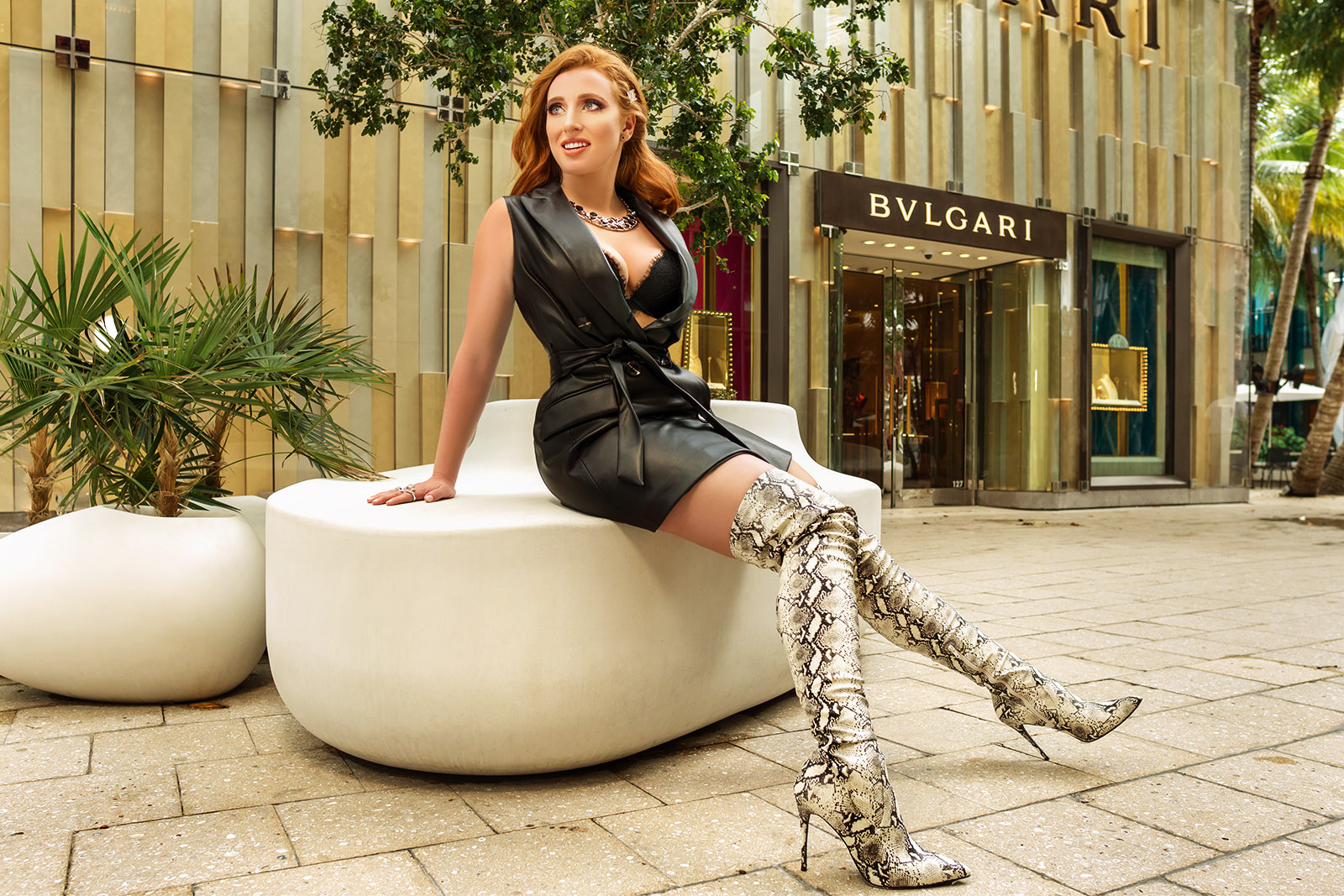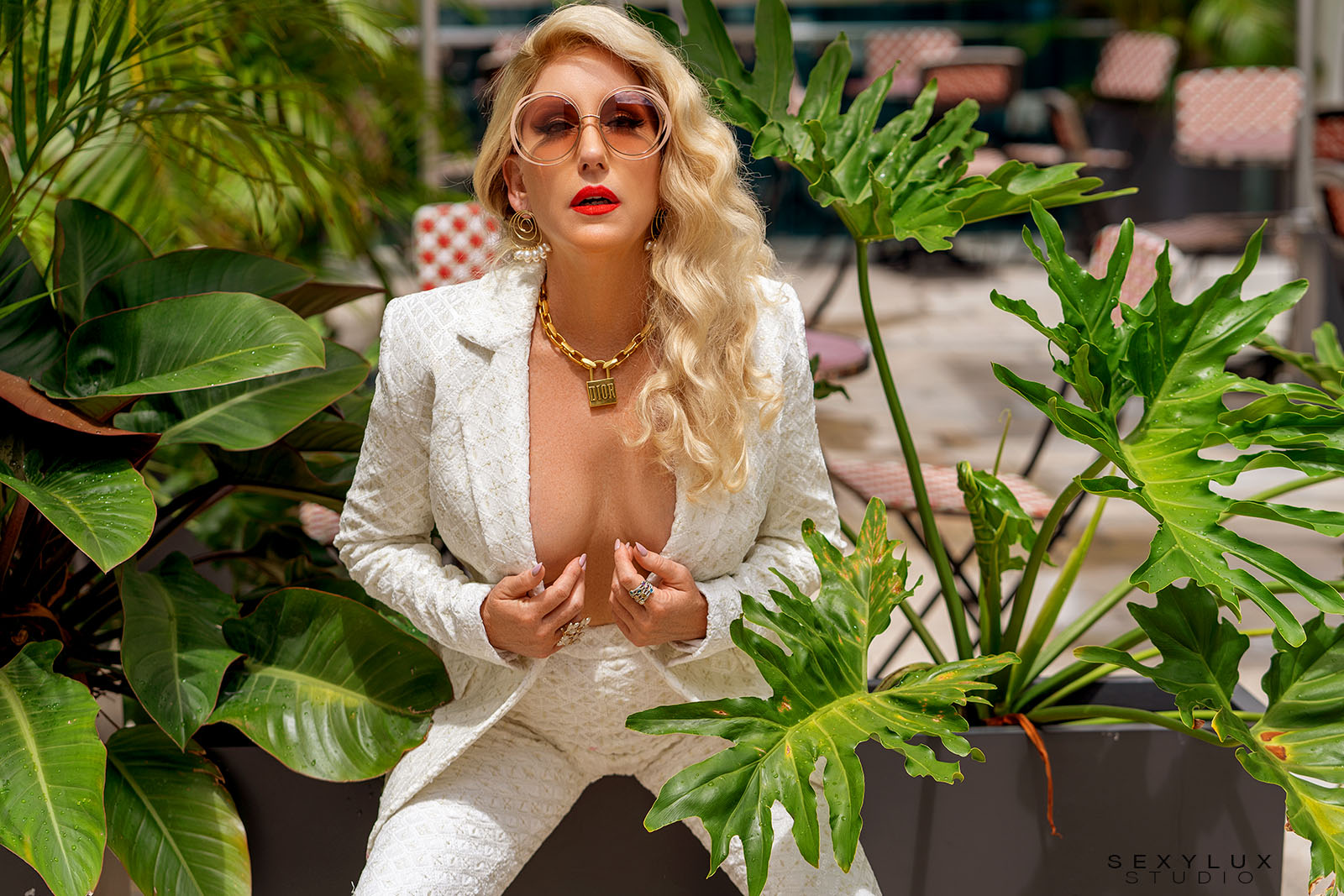Commonly people try to plan their photoshoot styling like planning for a regular event: friend party, nightclub, or going out with a boyfriend.
Proper planning gives you a much higher chance of success.
In fact, to have eye-catching photos and maximize the number of stunning images, you need to control everything that will show in your pictures and make all the looks have a concise storyline that works well between them.
Due to its complexity, the styling of a photoshoot can be compared to a fashion designer’s work process when developing a new collection.
Below you can find the essential details that are part of any of my photoshoot styling.
Purpose
The first step is to know the client’s photoshoot purpose. What is the purpose of your shoot? Are you trying to have better images that will appeal to the kind of clients you hope to land in the future, increase your social media traffic, or is your shoot for yourself?
Having a clear, concise vision and a purposeful plan for what you are trying to achieve lets people know that you put some serious thought into your photoshoot and create something worthwhile. It’s always best to be clear and upfront about goals for any shoot.
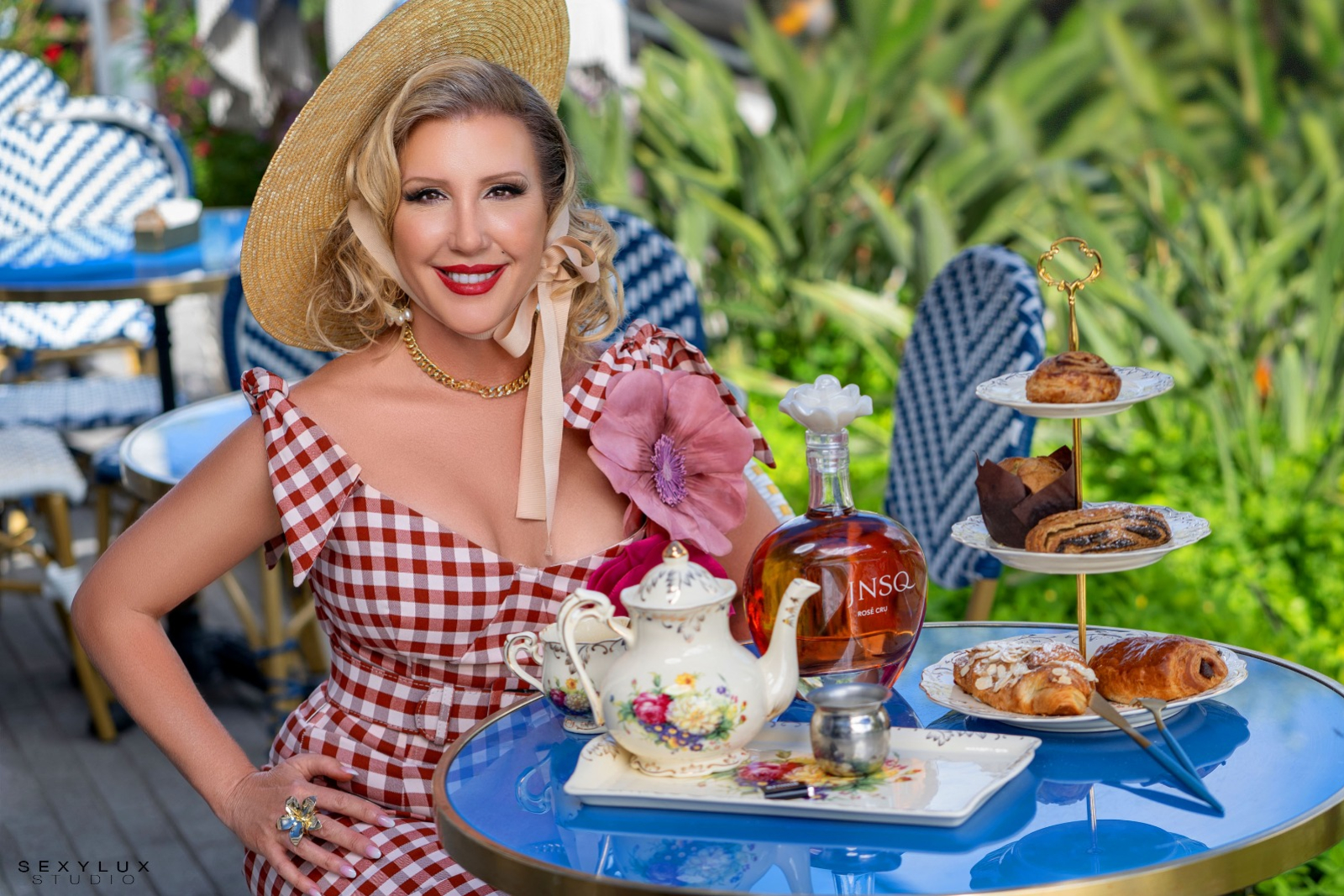
Theme
The second step is to find a theme. A photoshoot theme is a visual element you look for when I plan any styling shoot.
A picture can speak a thousand words; photos have the same ability to take us along a magical journey by sharing a beginning, middle, and end. For this very reason, having a strong storyline for any photoshoot is critical. We want to ensure that our client’s audience can come along the story’s journey.
The theme can be an idea, a feeling, or an emotion the client wants to translate into photos. For example, the client can have a storyline of fun and happiness, inspiration of a famous character like Marlin Monroe or JLo, a specific time like the ’40s, an event like Christmas, a Greek or Spanish culture, or even a music festival like Coachella or Woodstock.
Once the concept is decided, all other pieces flow much easier.
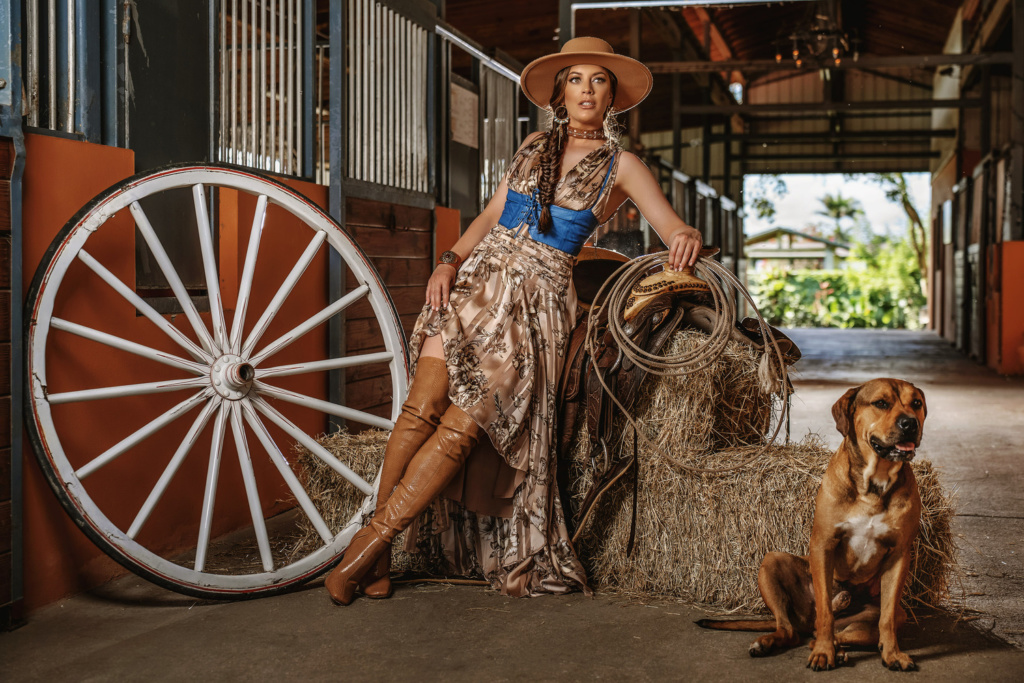
Inspirational Photos
Before picking out a location, learn the rules of the trade. The most recognizable fashion names have created brands for themselves by taking photoshoots in iconic settings.
The inspiration comes from a lookbook, Pinterest, online, or simply from a stack of fashion magazines. Looking through the pages allows the different settings displayed in striking pictures to sink into our creative mindset.
Inspirational images help us achieve all the elements that make amazing photos.
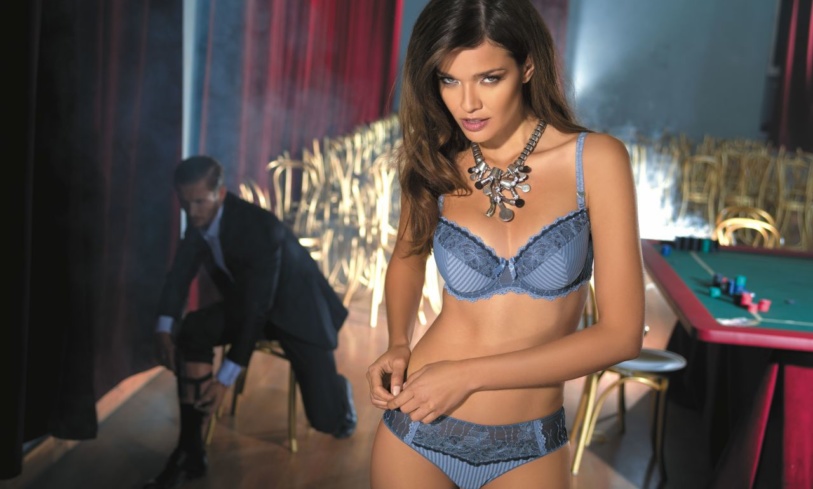
Location & Background
Sometimes the location decides the concept. If we are going to a specific area or city, we can decide on an applicable idea to that location.
If the client wants more glamorous photos that show her or his sophisticated side, having a background that translates the idea of sophistication is the key.
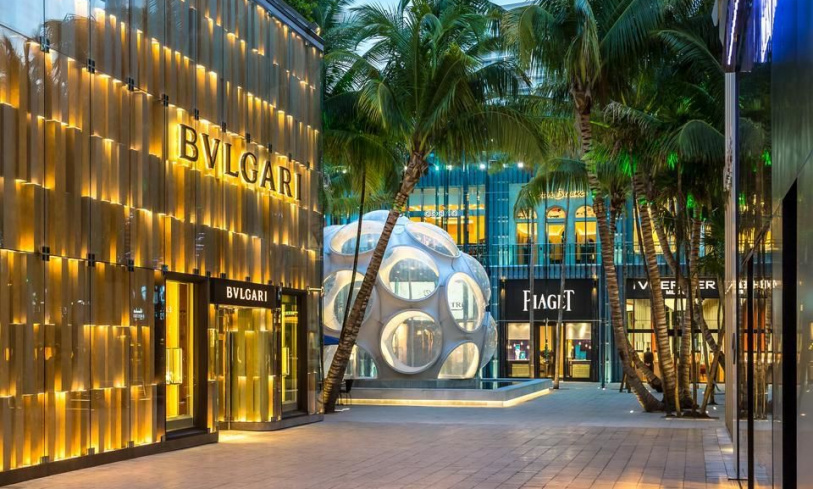
Photo & Styling Props
What can quickly bring expressionless, boring pictures to life? Photo props are an easy answer.
Props give your viewer perspective as her eyes travel across your photograph. They provide the viewer space to find a story.
They can also accessorize and add context to a situation. Fashion accessories can call attention to the subject.
The use of props offers a lot of advantages. They can also help the model or client during the photo session with posing.
Fashion accessories and décor items can put emphasis and balance into the scene.
You may also want to use expensive watches, fancy shoes, designer handbags, or any other sophisticated element to incorporate a sense of luxury into the theme.
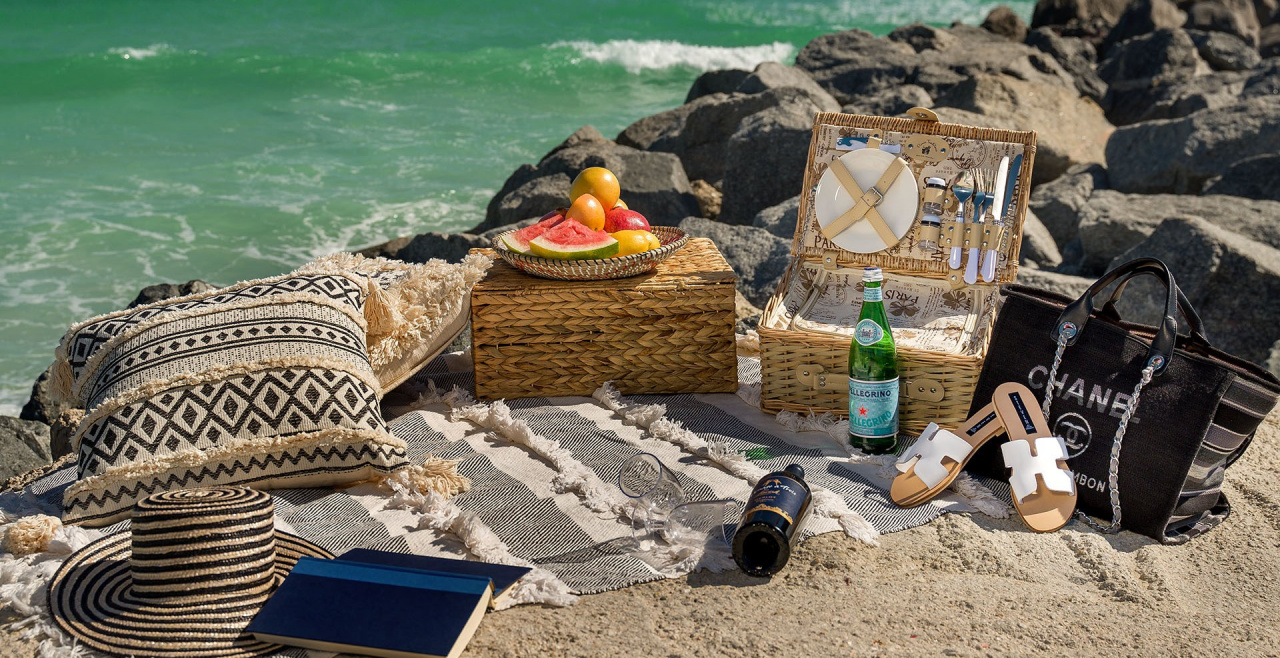
Moodboards
The mood board is a collage of inspiration to be used as a reference point before and during your photoshoot. It will help you refine your ideas while getting the rest of the photo team on the same page.
You might think that you have a strong idea in your head, but by putting it in front of you, a mood board will give you the clarity you need before you start designing and getting all the materials.
It will also make you stay consistent and focused on your looks’ themes. You will have the inspiration in front of you, and you will be reminded of where you are going.
I divide the mood boards into individual categories to make them clear for my team to understand. These categories include inspirational images, theme, location, color palette, lighting, photo-props, wardrobe, model, nail color, hair, and makeup.
I always take printed copies of my brief and mood board to the shoot to make it easy to refer to my visual references as the day progresses.
It may sound like a lot of extra work, but mood boards are extremely simple to implement into any photography workflow.
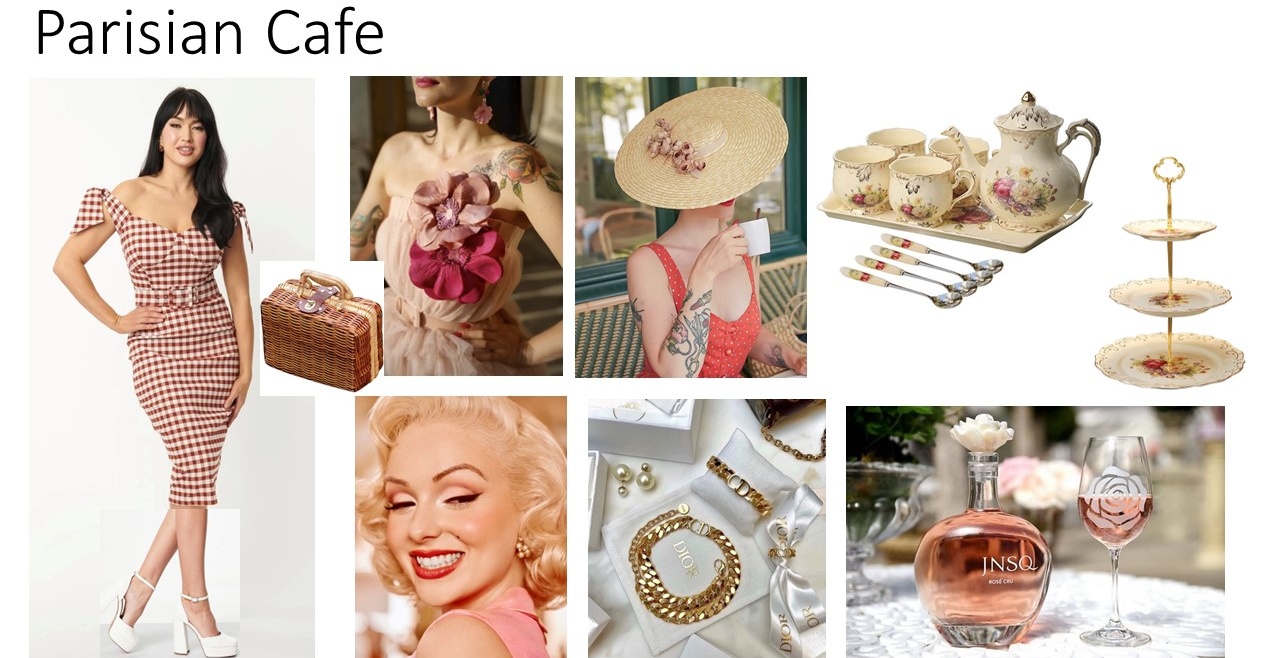
Photoshoot Structure
Once we have a concept, mood boards for each look, and a shot list all planned out, the details like photoshoot structure is defined. It ensures that the story we had envisioned will be accurately implemented and represented by the images created.
The photoshoot structure plan will also help us balance all the different elements of the story – the beginning, middle, and end – in terms of images.
Of course, this does not mean that there is no room for spontaneity. Having a structure in place ensures we get all the essential photos to create the story.
List of Poses
Having a list of poses for each look is very useful. We don’t waste time figuring out during the photoshoot how to pose the client.
Sending the poses ideas and letting the client practice before makes her feel relaxed and project confidence during the shoot.
In each project, I select the best poses that will flatter my client’s body and add more elegance to the theme.
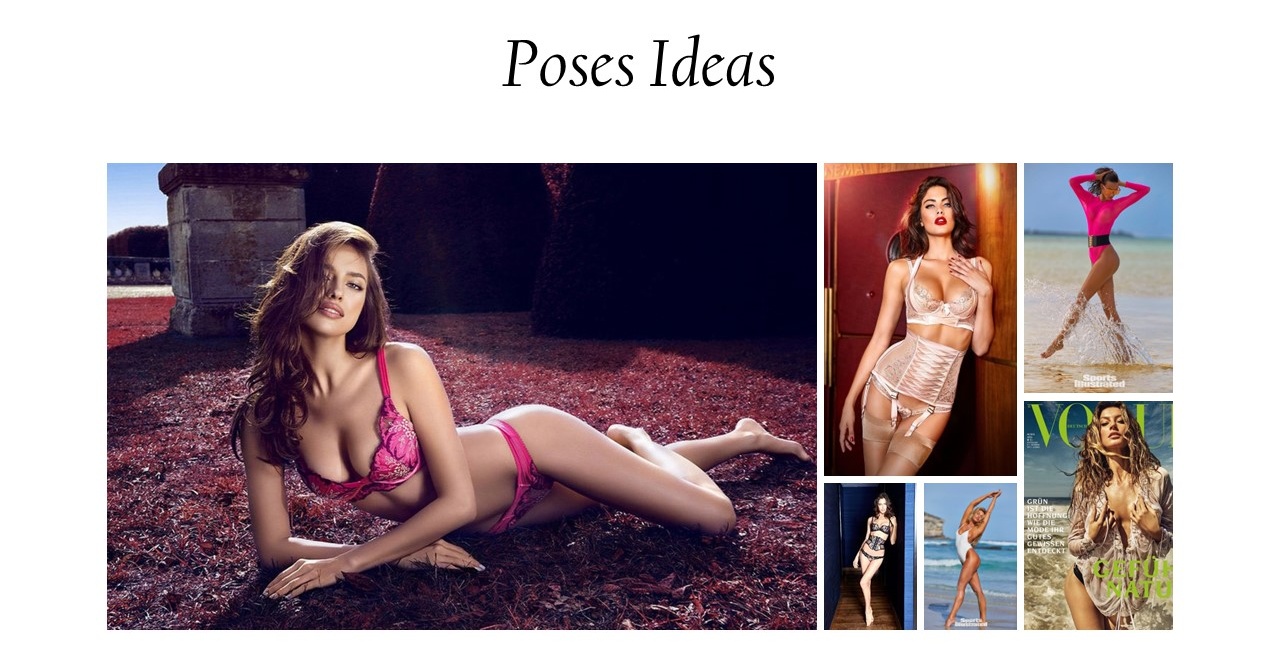
Photoshoot Time Plan
Once I’ve got the details sorted, I put together a detailed time plan of the day into a word document. It should include what time team members need to arrive, what times they’ll be required to work, and when the shoot will start and finish.
If we’re shooting at different locations, I note the times we’ll be moving to each place, always making room for travel time.
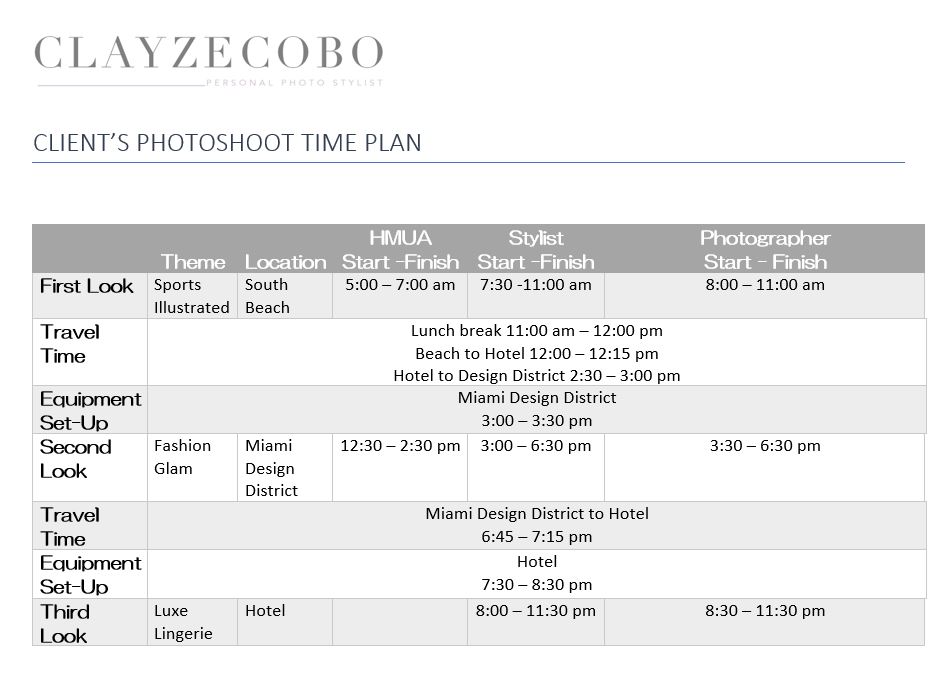 Photo Styling Checklist
Photo Styling Checklist
After confirming all the photoshoot details with the team: photographer, stylist, makeup, and hairstylist, the next step is to send the Photo Styling Checklist to the client.
Photo Styling Checklist is a document to remind the client about what to bring, what to do, and not to do on the day of the photo session.
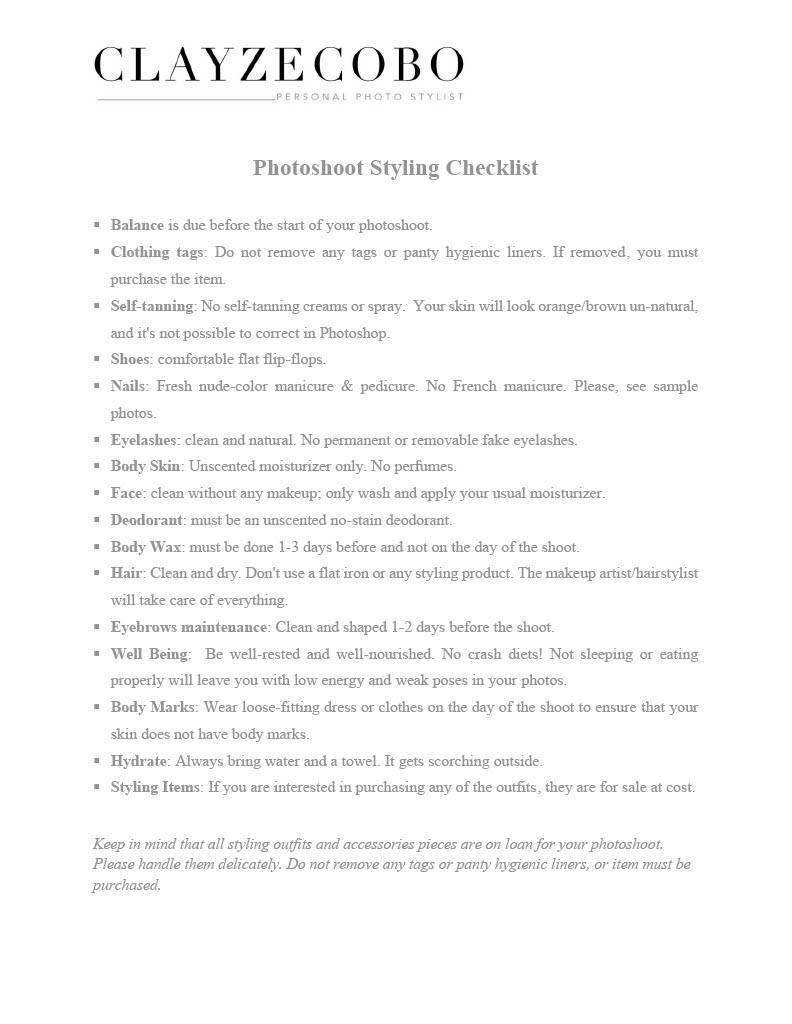
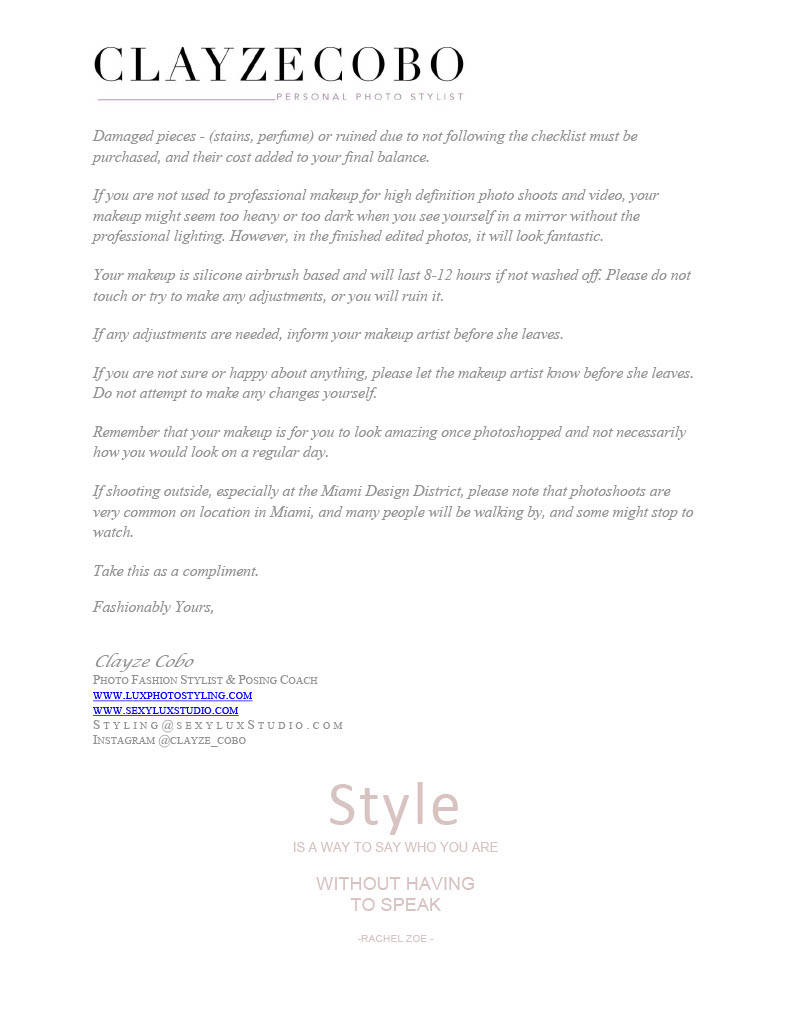
Conclusion
Brainstorming and defining a strong story and concept is a great way to create cohesion and consistency in all aspects of a photoshoot project, which will benefit the client and all the photoshoot team members.
Putting together your styled shoot is far from easy but can be extremely rewarding.
